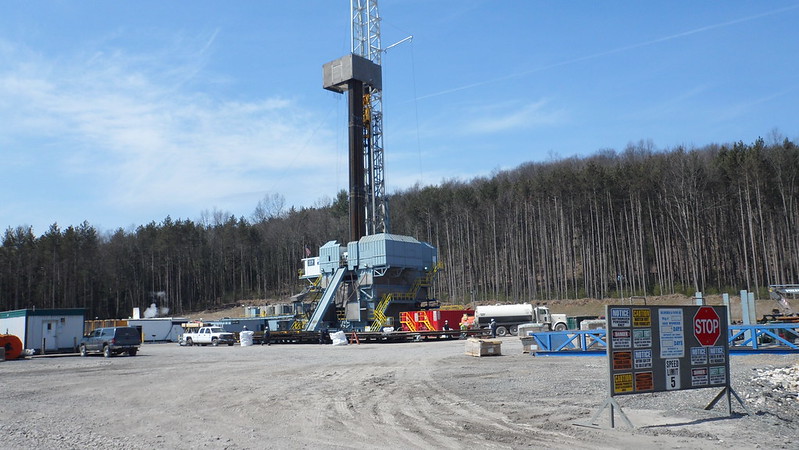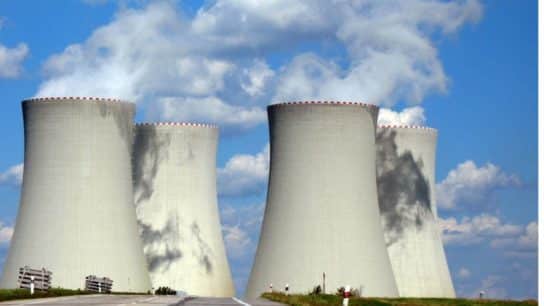As shale drilling in the largest oilfield in the US has resumed, its methane emissions have soared back to pre-pandemic levels, undermining industry pledges to curb emissions of the gas.
—
What is Happening?
- The rise in methane emissions from Texas and New Mexico’s Permian Basin oilfield may cause the Biden administration to crack down on the oil and gas industry ahead of several international climate change meetings this year.
- Methane emissions decreased significantly last year because of an industry-wide downturn that stopped most new drilling across the US. This is because of the pandemic that stopped travel.
- However, according to new research, in recent months, the price of oil has increased again, spurring a pick-up in shale drilling in the US and pushing emissions back to pre-pandemic levels. This is further illustrated by satellite data, which shows that Permian emissions in January rose to 190 000 tonnes, closer to their level from a year before.
- Martin Heinrich, a Democratic Senator from New Mexico, is leading a group of lawmakers who want to use congressional authority to quickly reverse some of the Trump administration’s efforts to weaken Obama-era methane regulations. He called for “swift action to reinstate and strengthen responsible methane emission standards, which is critical to confronting the climate crisis and reducing the air pollution harming communities in New Mexico.” Senate majority leader Chuck Schumer said he would bring a vote on the issue before the Senate in April.
- Last week, New Mexico finalised regulations that would aim to force operators in the state to capture 98% of their emissions by 2026.
- Shale producers sometimes drill wells targeting oil but lack pipeline capacity or are not connected to the infrastructure needed to ship or handle the natural gas that surfaces with the crude. Instead they burn the natural gas- creating CO2 emissions- or release it directly into the air as methane.
- US oil prices have risen to about $60 a barrel, making most new shale drilling profitable again. The number of oil rigs in the Permian rose again last week to 221, up more than 60% from November. This momentum is expected to carry on through the rest of the year.
- This comes as many players in the industry are working to mitigate its emissions. Many of the industry’s largest producers, including ExxonMobil and Chevron and leading shale-focused producers like ConocoPhillips and EOG Resources, have set emissions reduction targets and promised to end or significantly reduce flaring. However, a recent survey from the Dallas Fed showed that those ambitions are far from widespread across the Permian, which includes scores of mom-and-pop companies alongside big global oil groups. Only half of larger companies, and 30% of smaller ones, said they had a plan to reduce their methane emissions.
- Texas’s Railroad Commission, the oil and gas regulator, stated last month that it would take a more critical look at industry requests to flare gas, which had been routinely approved in recent years. However, it has resisted calls for stricter mandates and Texas state officials have already pushed back against proposed tighter federal emissions rules.
- Meanwhile, the Environmental Defence Fund has called on the Biden administration to lay out a special target for cutting methane emissions from oil and gas operations as it lays out new US greenhouse gas emissions targets ahead of the UN climate conference later this year.
You might also like: Changing the Rhetoric of Climate Change: The Fossil Fuel Non-Proliferation Treaty
Ilissa Ocko, a senior climate scientist at the EDF, says, “Reducing these emissions is the biggest, fastest opportunity we have to slow the rate of warming.”
Featured image by: Flickr

















